




INDUSTRY ANALYSIS (2025–2032)
Comprehensive insight into regional dynamics, growth drivers, and market segmentation.







Photovoltaic module sealants are specialized adhesive compounds designed to protect solar panel components from environmental degradation. These materials serve critical functions in moisture barrier formation, UV resistance, and thermal stress mitigation across junction boxes, frames, and glass-to-backsheet interfaces. The industry primarily utilizes silicone-based formulations (holding 58% market share), polyurethane variants, and advanced butyl rubber compounds - each offering distinct performance characteristics for different climate conditions. The market expansion is driven by three primary factors: accelerating renewable energy adoption (global solar installations grew 34% YoY in 2023), technological advancements in bifacial module designs requiring dual-sided sealing, and stricter durability standards mandating 30-year performance warranties.







The market growth is driven by increasing gold mining activities, particularly in Asia-Pacific and Africa, where cyanide leaching remains the dominant extraction method. However, environmental concerns and stringent regulations pose challenges to market expansion. USD 231 MILLION





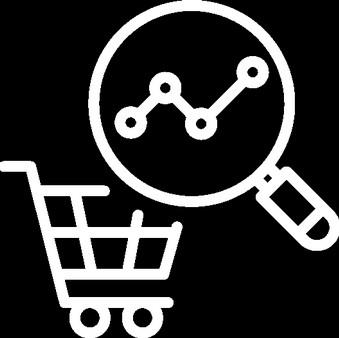


BY TYPE
• Polyurethane sealants
• Butyl rubber sealants • Hybrid polymer sealants

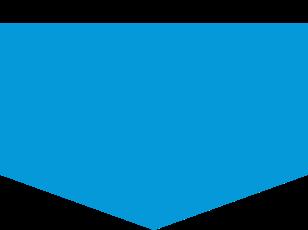



• Frame sealing
• Junction box bonding • Backsheet adhesion • Edge sealing







BY ENDUSER
• Utility-scale solar farms
• Commercial solar installations
• Residential solar systems



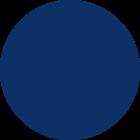
The photovoltaic sealant market is experiencing unprecedented growth driven by the global transition to renewable energy. With solar installations projected to grow at a compound annual rate of 8.2% through 2032, demand for high-performance sealing solutions has become critical. Sealants play a vital role in protecting solar modules from environmental degradation, with advanced formulations capable of extending panel lifespans to 30+ years. The market is further stimulated by government incentives, including the U.S. Inflation Reduction Act which allocated $370 billion for clean energy, directly benefiting solar




The rapid expansion of floating photovoltaicsystemspresentssignificant growth opportunities for sealant manufacturers.Withglobalfloatingsolar capacity projected to exceed 7 GW annuallyby2030,demandforspecialized marine-grade formulations is surging. These sealants must resist constant water immersion, biological growth, and UVexposurewhilemaintainingadhesion to various substrates. Leading material science companies are developing durable polymer blends specifically optimized for these challenging environments, with some formulations demonstrating 98% retention of mechanical properties after accelerated aging tests equivalent to 25 years of service.


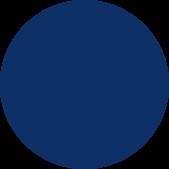
Photovoltaic sealant application processes are becoming increasingly automated, with robotic dispensing systems now achieving placement accuracy within ±0.2 mm tolerances. This precision engineering requires sealants with tightly controlled rheological properties - where viscosity must remain stable between 180,000220,000 cP across production line conditions. Leading material suppliers have responded with dynamic curing formulations that accommodate faster throughput speeds without compromising bondintegrity,reducingmoduleassemblytimeby approximately 15% in high-volume manufacturing environments.


The North American market demonstrates robust growth in photovoltaic sealants, driven by the Inflation Reduction Act's $369 billion clean energy commitment. While silicone-based solutions dominate premium solar installations (holding 58% market share in 2024), manufacturers face challenges balancing performance with stringent EPA regulations on VOC emissions. Residential solar adoption grows at 11% annually, creating demand for both highperformance industrial sealants and cost-effective polyurethane alternatives.

EU sustainability mandates propel innovation in eco-friendly sealants, with Germany's 14.5 GW solar additions in 2024 setting regional benchmarks. The market shifts toward recyclable formulations as circular economy principles gain traction, though traditional silicone products maintain 63% market dominance. Scandinavia leads in biobased adhesive adoption, where regulatory pressures accelerate material science breakthroughs. However, uneven implementation of EN 50548 standards across member states creates compliance complexities for multinational suppliers.





■Hubei Huitian New Materials
■Guangzhou Jointas Chemical
■Chengdu Guibao Science and Technology
■Guangzhou Baiyun Chemical Industry
■Sichuan Kelixin New Material
■Yangzhou Chenhua New Materials

These companies represent some of the major key players driving innovation and growth in the market, contributing significantly to global supply and competitive dynamics.

Founded in 2015, 24chemicalresearch is a trusted name in global chemical industry intelligence. We specialize in delivering high-quality market research reports, empowering over 30+ Fortune 500 clients with data-driven insights for strategic growth.

Our team of experienced analysts delivers customized, reliable, and timely research backed by a rigorous methodology. From mining regulatory trends to forecasting market opportunities, our reports help companies navigate industry challenges, stay competitive, and grow confidently.

As a one-stop platform for the chemical sector, we offer:
■Deep specialization in chemical market analysis
■Customized reports tailored to your needs
■A robust portal with free samples, consulting, and competitive insights

www.24chemicalresearch.com















